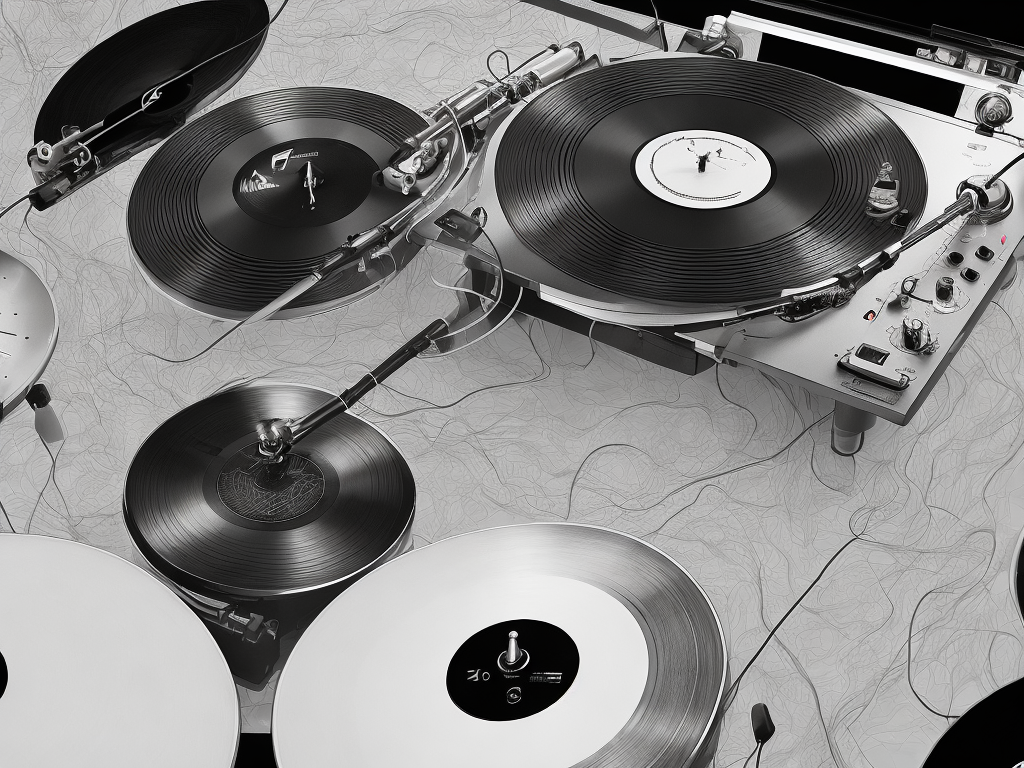
When we talk about signals in electronics, we often hear the terms “analog” and “digital” thrown around. But what does it mean to be analog or digital? How are they different, and why is it important to understand these differences?
In basic terms, a signal is a way of communicating information. A signal can be anything from a sound wave to an electromagnetic wave, and it can be transmitted over many different types of media – cables, radio waves, or even light. The way in which the signal is transmitted and processed can depend greatly on whether it is analog or digital.
Analog signals refer to signals that are continuous in nature. This means that the signal varies smoothly over time and can take on any value within a given range. For example, a sound wave is an analog signal because it varies continuously and can take any value within a given frequency range.
Digital signals, on the other hand, are discrete in nature. They are made up of a series of “bits” or binary digits, which can only have two possible values – 0 or 1. Digital signals are often created by converting an analog signal into a series of binary digits.
One of the primary advantages of digital signals is that they can be easily stored and manipulated using computers. Because digital signals are composed of discrete values, they can be easily stored in memory and processed by computer programs. Digital signals can also be easily transmitted over long distances without losing quality, as the signal can be “reconstructed” at the other end using error-correction techniques.
However, digital signals can also have some disadvantages. For instance, they can be less accurate than analog signals in certain situations. This is because digital signals are made up of discrete values, while analog signals can take on any value within a given range. This means that digital signals are sometimes unable to accurately convey the nuances and subtleties of an analog signal, such as the tone of a voice or the texture of a sound.
Another important difference between analog and digital signals is the way in which they are processed. Analog signals are often processed using analog circuits, which are designed to manipulate signals in a continuous manner. For example, an amplifier might be used to increase the amplitude of an analog signal, while a filter might be used to remove unwanted noise from the signal.
Digital signals are typically processed using digital circuits, which are designed to manipulate discrete values. For example, a digital signal might be processed using a microcontroller, which is a small computer chip that can perform a wide range of calculations and operations on digital signals.
In conclusion, the difference between analog and digital signals lies in their nature, properties, and processing techniques. An analog signal is continuous, variable, and processed using analog circuits, while a digital signal is discrete, binary, and processed using digital circuits. Both types of signals have their advantages and disadvantages, and the choice between them depends on the specific application and requirements. Understanding these differences is essential for anyone working in electronics, as it determines how signals are processed and transmitted in different systems.
 Self-Instruct
Self-Instruct